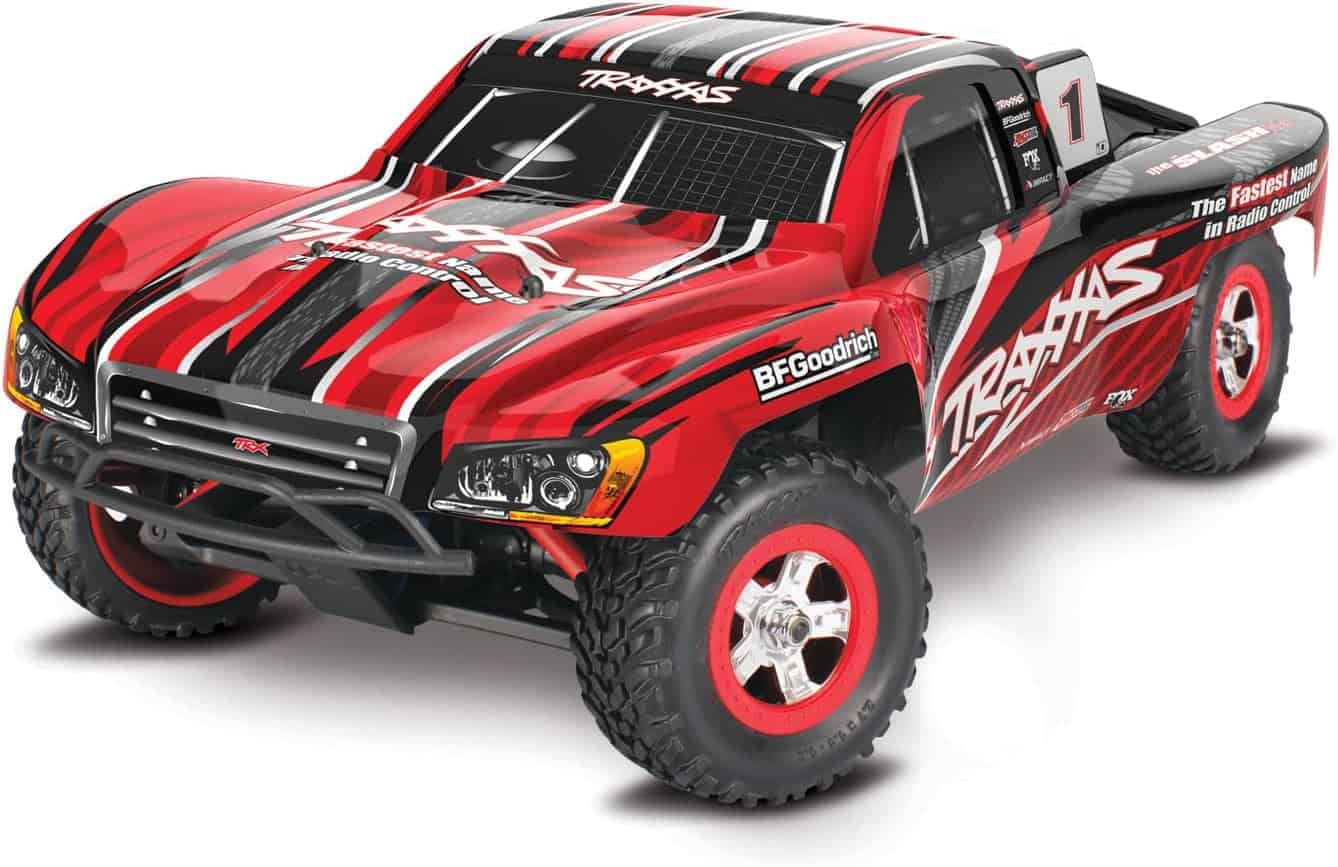
Remote control (RC) vehicles have been thrilling hobbyists for decades — and for good reason. Whether you’re racing a fast RC car, soaring with a plane, cruising on water, or performing flips with a helicopter, the world of RC is full of excitement. But if you’re just getting into RC for the first time, it can feel overwhelming. So many models, terms, and technologies — where do you begin?
Don’t worry — this guide is here to help you ease into the RC hobby with confidence. Let’s break it down step by step.
What Is the RC Hobby All About?
RC (short for Radio-Controlled) refers to any vehicle — land, air, or water — that’s operated remotely using a transmitter. The most popular types include:
- RC Cars & Trucks – Great for racing or off-road fun.
- RC Boats – Fast-paced excitement on lakes or pools.
- RC Planes – Soar through the skies; great for wide open spaces.
- RC Helicopters – Hovering, flips, and even aerial photography.
Each type offers a unique experience, so your choice depends on what excites you most.
Step 1: Choose Your Style
Before you buy, decide what kind of RC vehicle suits your personality and environment:
- Want speed on the street? Go for an RC racing car.
- Like adventure and dirt? Try an off-road RC truck or buggy.
- Live near water? An RC boat might be the most fun.
- Enjoy flying? Try a beginner-friendly RC plane or drone.
Tip: If you’re completely new, start with a ground vehicle — they’re easier to control and crash-proof compared to aircraft.
Step 2: Know the Types of Models
When shopping, you’ll come across a few key terms:
- RTR (Ready-to-Run) – These are ready to go right out of the box. Ideal for beginners.
- BNF (Bind-N-Fly) – Comes without a transmitter; you’ll need to buy one separately.
- Kits – Assembly required. Great for builders but not recommended for first-timers.
Go for an RTR model to jump straight into the action without any setup headaches.
Step 3: Power Source – Electric vs. Gas
Most beginners start with electric-powered models:
- Electric (Battery-Powered):
- Quieter, cleaner, and easier to use
- Ideal for first-time users
- Rechargeable batteries
- Gas/Nitro:
- More powerful and realistic
- Require more maintenance
- Better suited for experienced users
Stick with electric for your first RC — it’s plug-and-play, simple to maintain, and budget-friendly.
Step 4: Understand the Gear
Here are a few beginner terms you’ll want to understand:
- Transmitter: The handheld controller you use to operate your RC.
- Receiver: Installed in the vehicle to receive signals from the transmitter.
- ESC (Electronic Speed Controller): Controls motor speed and direction.
- Servo: A small motor that controls steering or flight surfaces.
Most RTR kits include all of this — but it’s good to know what makes your vehicle tick.
Step 5: Start Small and Practice
Don’t feel the need to jump into high-end, super-fast RC models right away. Start with something:
- Durable
- Easy to control
- Affordable
- With spare parts available
Practice in open spaces with few obstacles. If you’re flying, avoid windy days. And don’t get discouraged — crashes are part of the learning process!
Step 6: Basic Maintenance Tips
Just like real vehicles, RC models need occasional care. Here are a few simple tips:
- Clean your RC after use (especially off-road or water use).
- Keep batteries charged but don’t overcharge.
- Check for loose parts or screws after crashes.
- Store it in a dry place.
Regular maintenance keeps your RC performing its best and extends its life.
Step 7: Where to Buy Your First RC
You can find beginner RC models at:
- Local hobby shops (great for advice and support)
- Online stores like Amazon, Horizon Hobby, or Tower Hobbies
- RC forums and Facebook groups (sometimes people sell beginner-friendly used gear)
Final Thoughts: Your RC Adventure Starts Now
Getting into RC for the first time is more than just picking a model — it’s the start of a fun, hands-on, and exciting hobby. Whether you’re into cars, planes, boats, or helicopters, there’s an RC world waiting for you to explore.
Start simple, learn the basics, and enjoy the ride — you’ll be surprised how fast your skills (and your interest!) take off.
Now’s your time to take control — and have a blast doing it!
 RC Buyer
RC Buyer